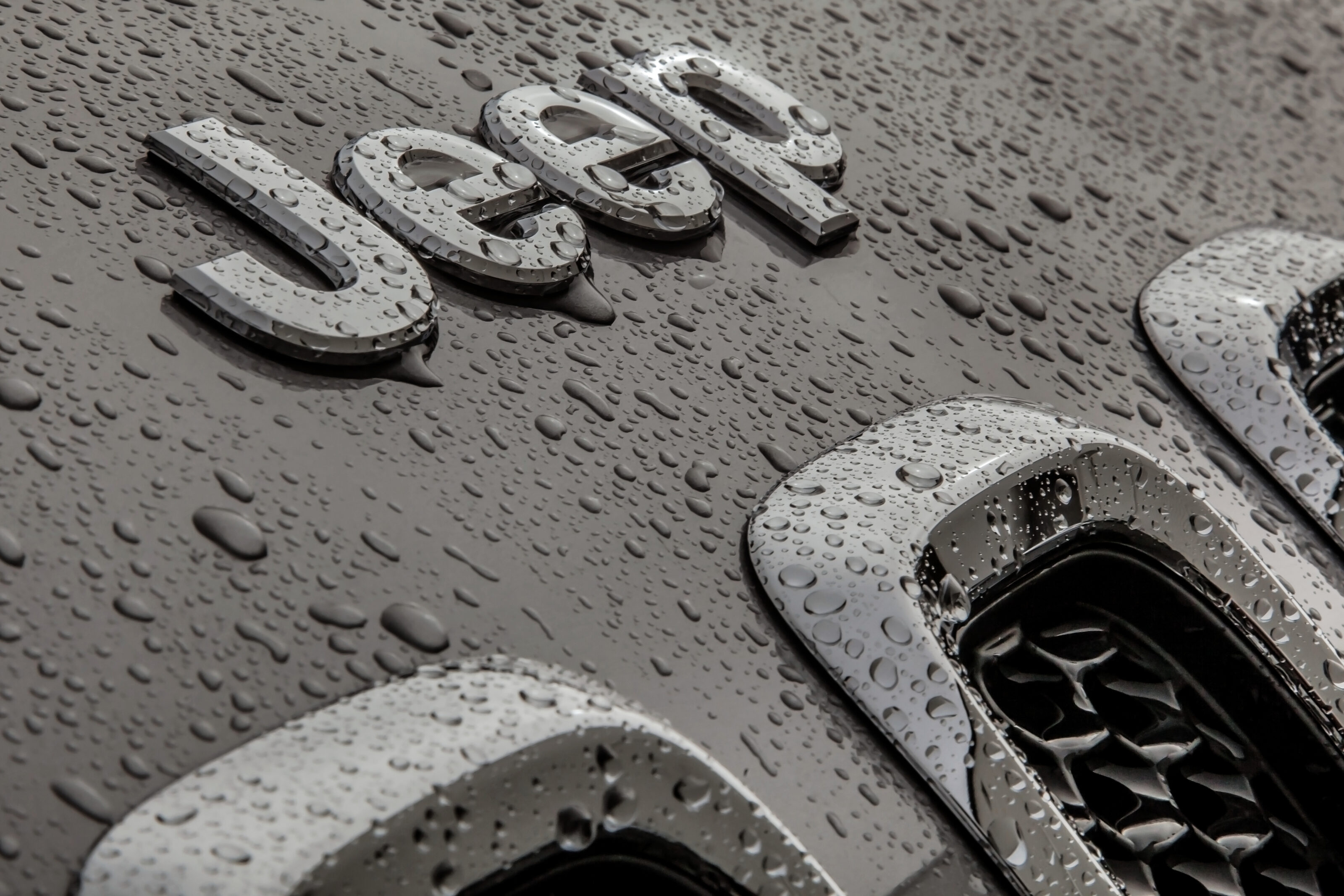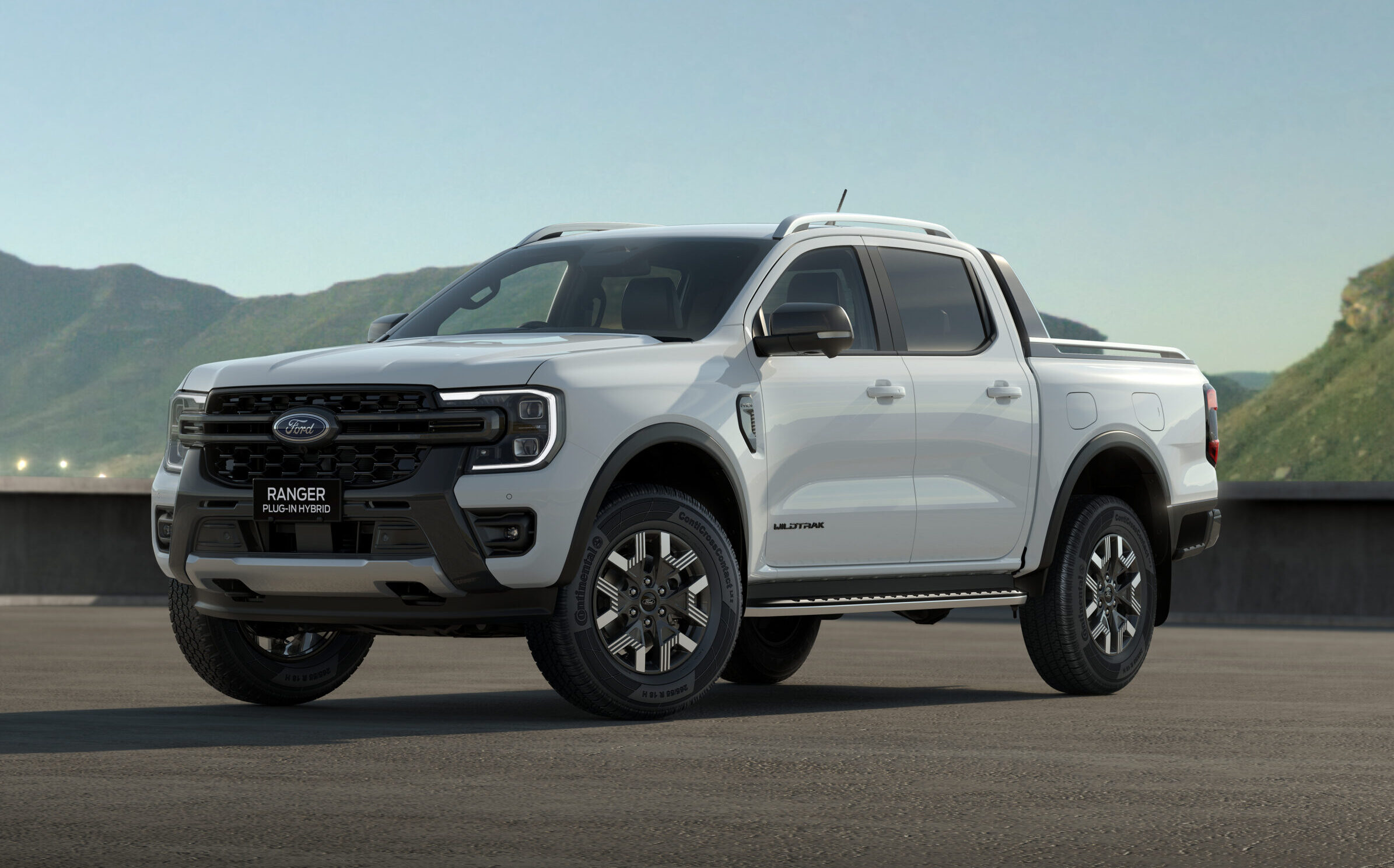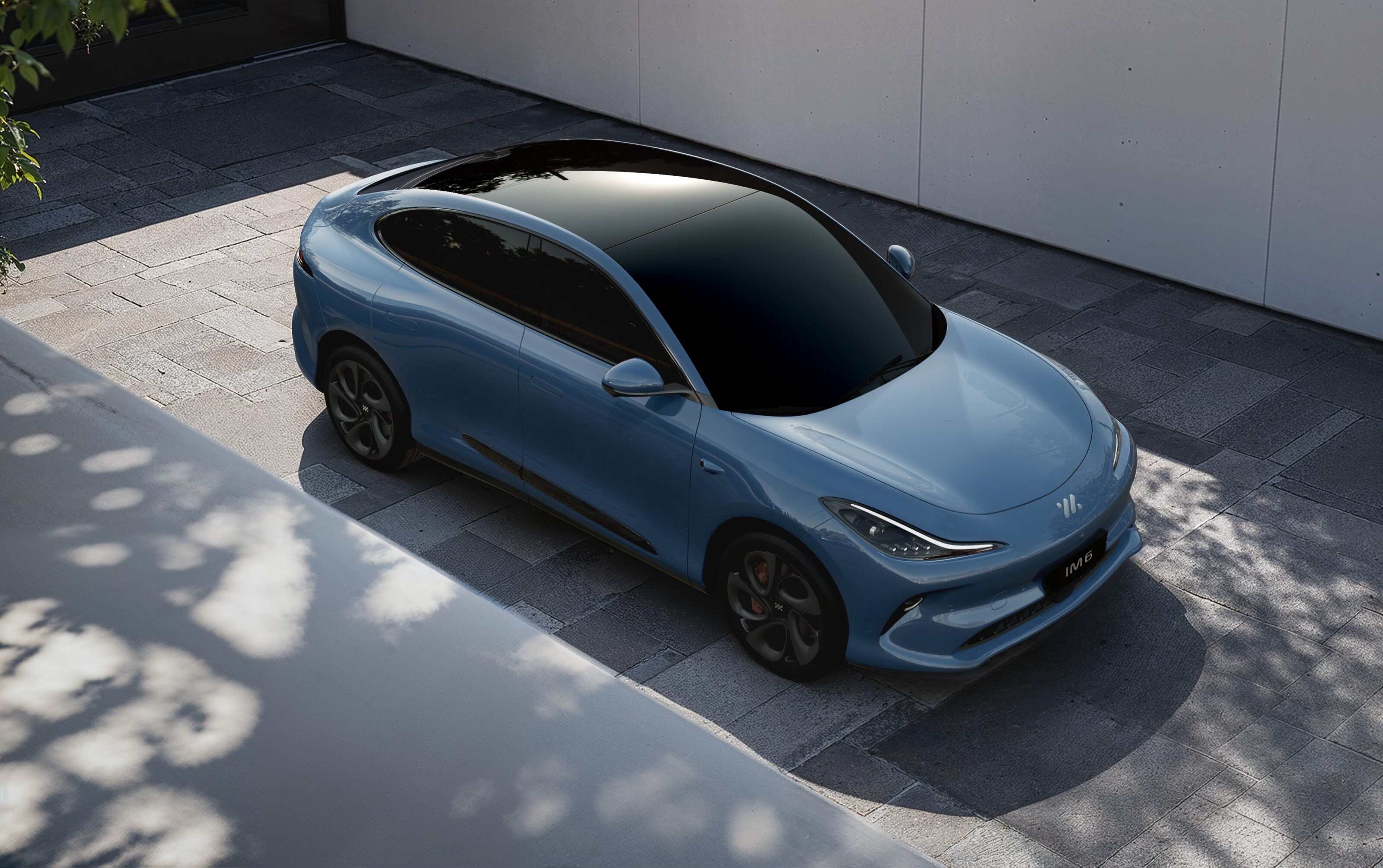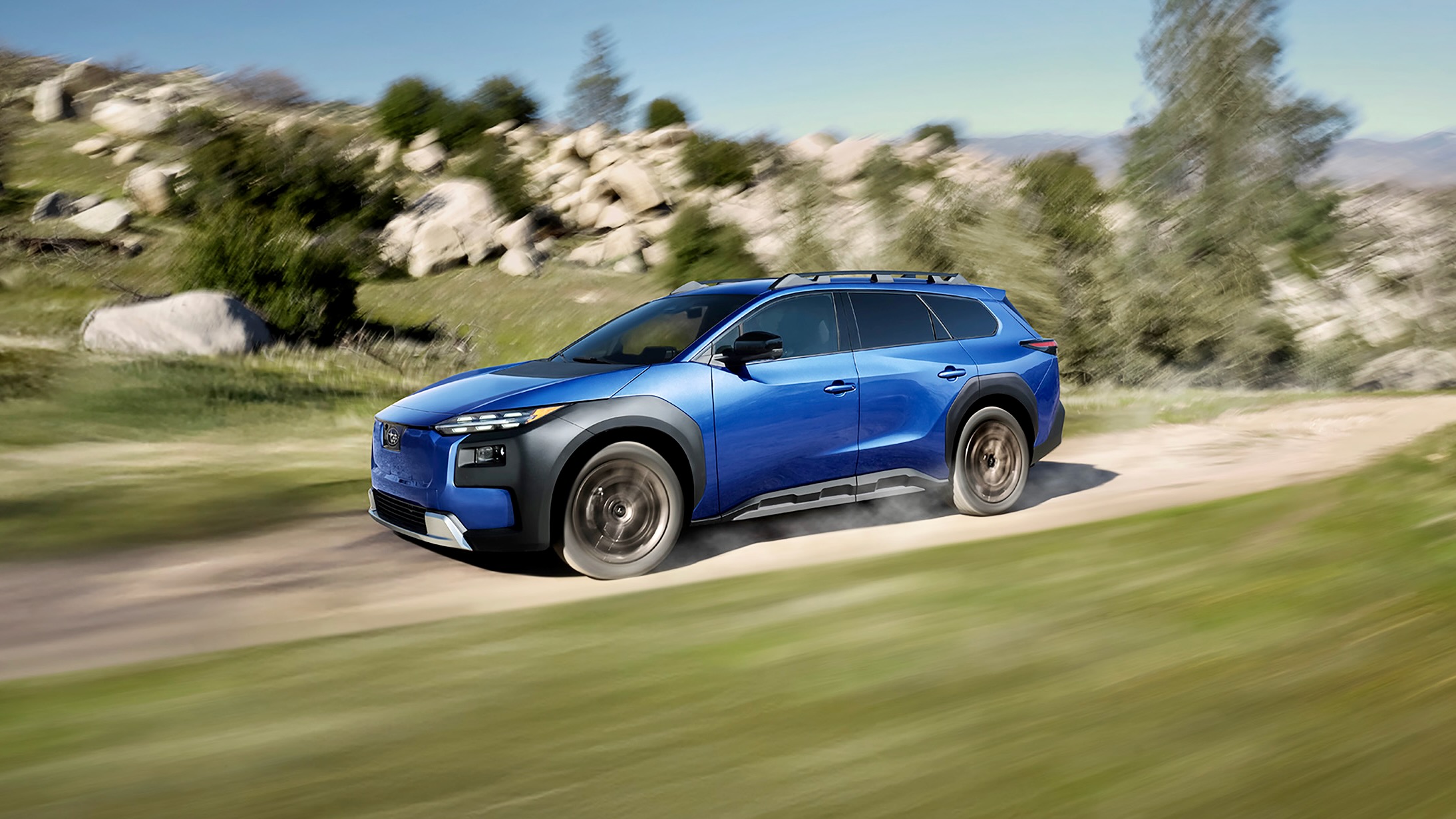Fiat Chrysler Automobiles is considering the introduction of an Australian chassis development program.
Suspension and steering localisation has been performed by the Korean brands Kia and Hyundai for some years, but most importers do little or no adaptation to Australia’s rough and demanding road conditions.
But Steve Bartoli, FCA’s global product planning chief for Jeep, Chrysler, Dodge and RAM Trucks, told Wheels this week that a local tuning program might be required as the company sought to broaden its appeal and boost sales here.
“I am honestly beginning to think that way, but I cannot tell you for sure,” Bartoli said. “I think there is value-add there and we need to give that serious consideration.
“We do take development trips and have been to Australia with development teams before, but maybe not as pervasively as we should be. So that is something I need to think about.
“It’s something for me to take back to Auburn Hills (FCA’s US headquarters) and get into with our engineering guys a bit more. So that’s an assignment I give myself.”
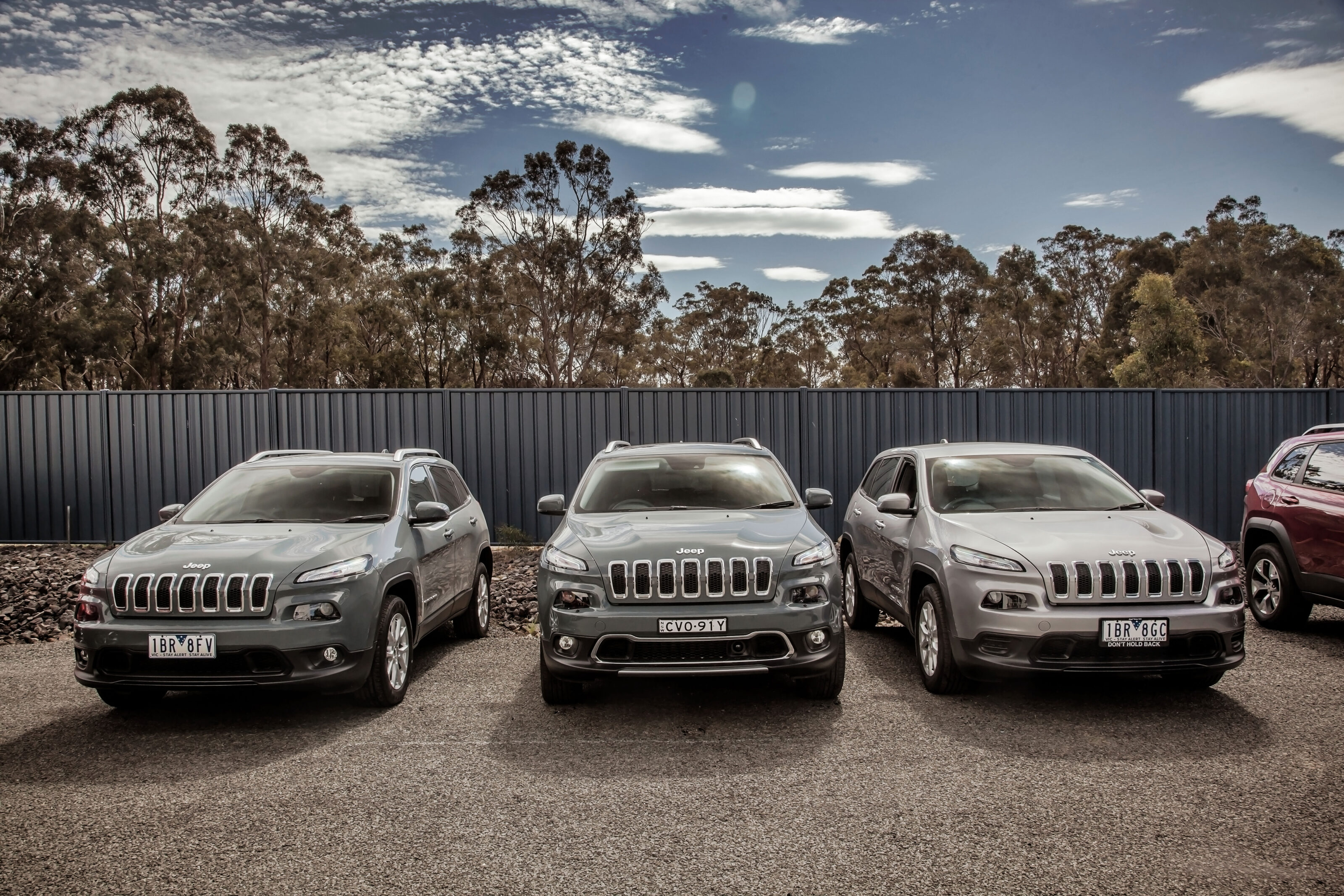
Bartoli is making his first trip to Australia to assess the market and conducting back-to-back testing with rival brands as part of the visit.
Kia and Hyundai launched their localisation programs after the behaviour of their cars were panned in Australian media reviews.
It is known FCA had high expectations for the KL Cherokee in 2014 Wheels COTY. It had swapped from a separate chassis and live rear axle to FCA’s CUS-wide monocoque platform, independent suspension, new range of four-cylinder engines and nine-speed automatic transmission.
But while praised for superior driving behaviour compared to its predecessor, the new Cherokee still left the judges unimpressed.
“For the most part, the Cherokee steers, brakes and grips with some capability, although the level of competence of each of those characteristics varies across the five-model range,” we noted in the January issue.
“The electric-assist steering rack had old-fashioned load-up when challenged by the demanding You Yangs durability course; the brake pressure varied from weak to wildly over-servoed and the cornering ability from quite composed to the laughably low for the Trailhawk’s cone-scattering Yokohama Geolandar rubber.”
Bartoli made it clear that localisation was an ongoing campaign at FCA and that it applied across a wider spectrum than dynamic tuning.
“That’s what we are trying to do right now and that’s why I am here right now,” he said.
“I really want to get into my head what Australian design culture is so I can lead the team back in Auburn Hills and make sure they understand what that is.”
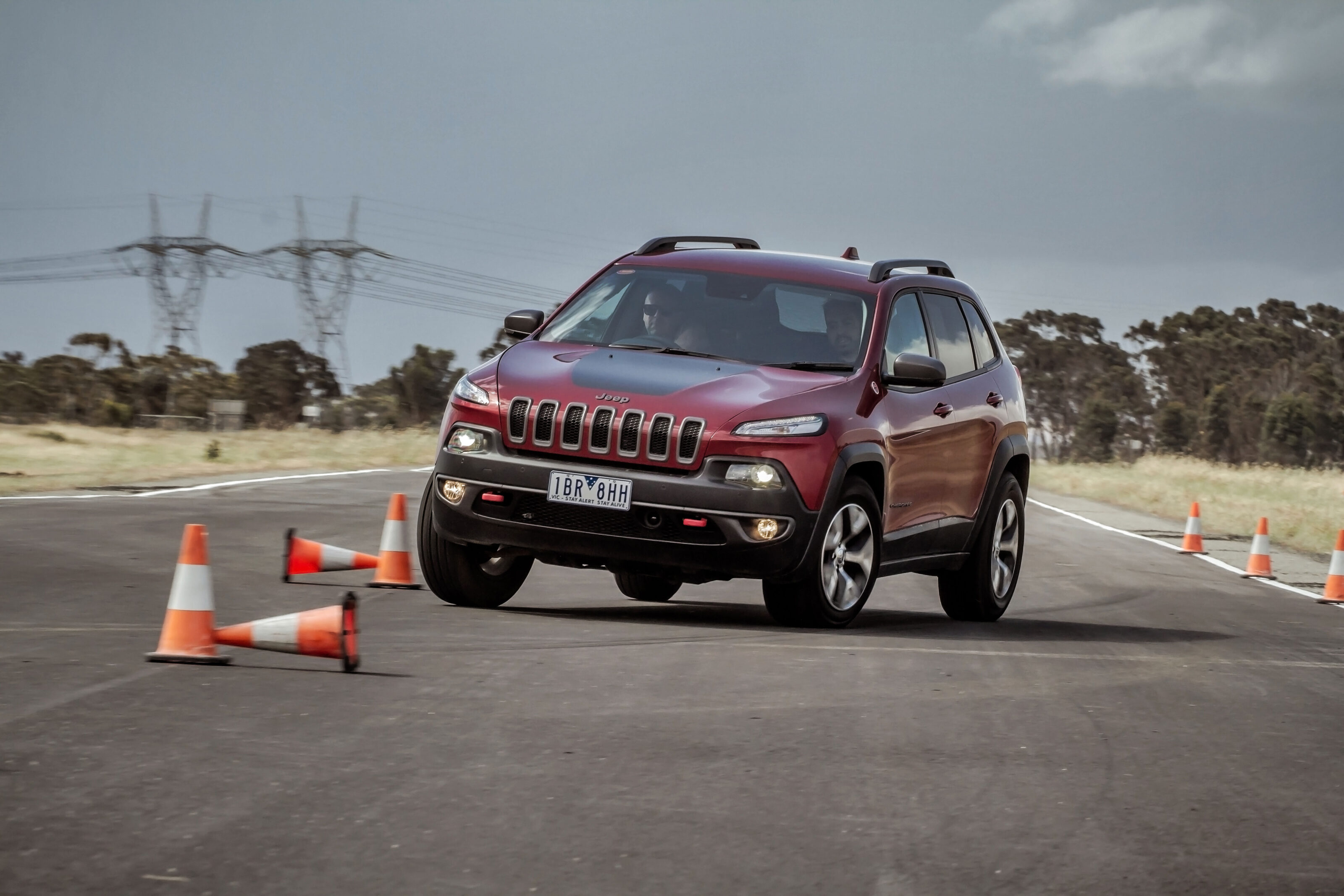
In other developments, Bartoli said no decision had been made on more right-hand-drive performance V8s: “It largely depends how we size up demand. It’s not an easy business case.”
Ditto for the RAM 1500, which FCA Australia boss Pat Dougherty sees as a bonafide LCV competitor.
“You look at the 200,000-plus trucks that are sold here and you say, ‘There has got to be some gold in those hills for sure’,” Bartoli said. “But we have never done a right-hand-drive truck, so we are having the guys look into that.”
The mooted Jeep one-tonner, however, is a low priority.
“We have other pressing product opportunities that in my view outweigh the opportunities presented by a metric tonne truck, whether it’s a Chrysler, a Dodge, a Jeep or whatever.”

